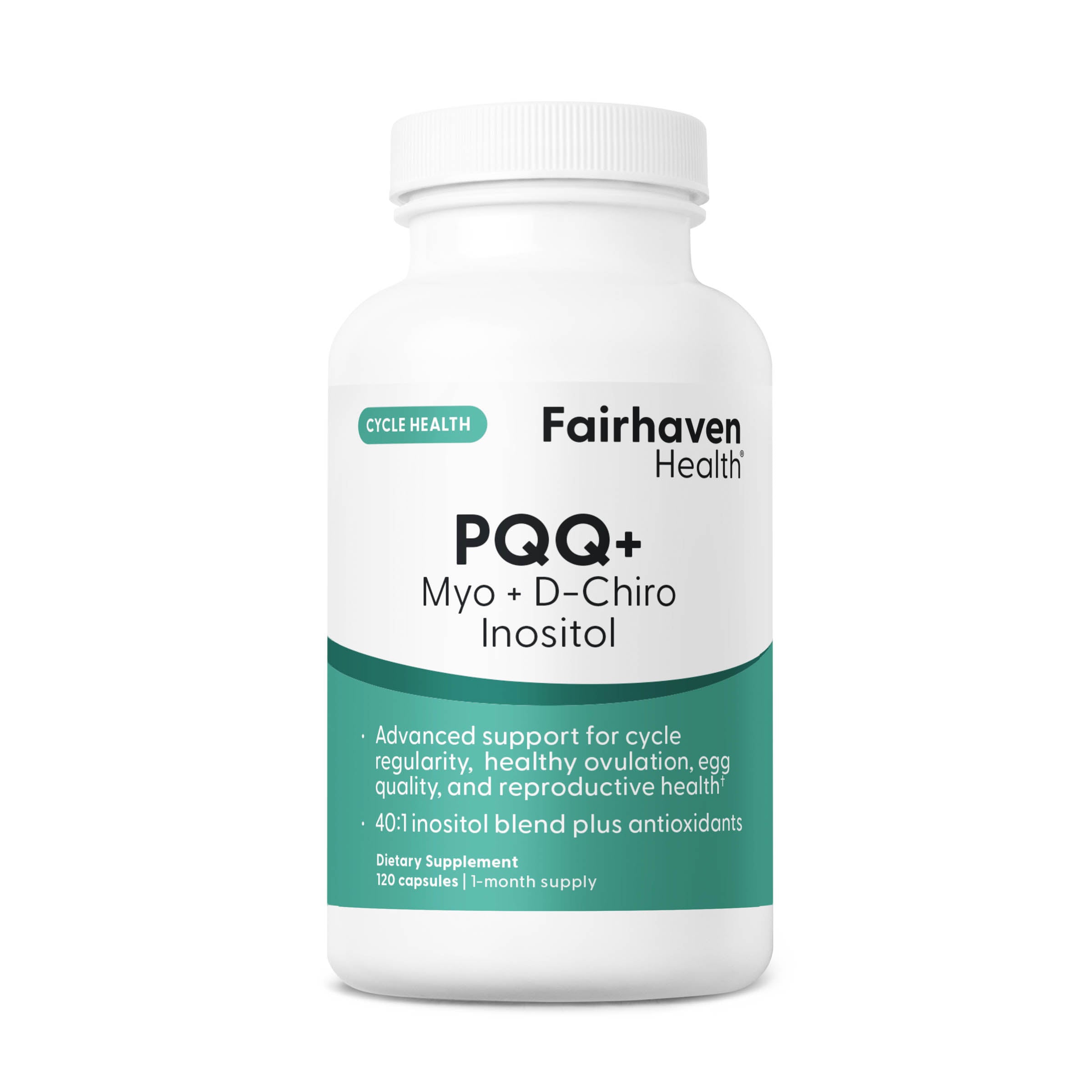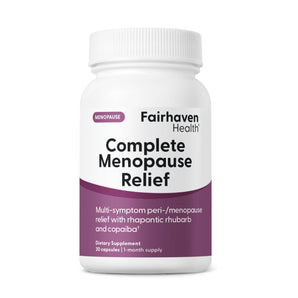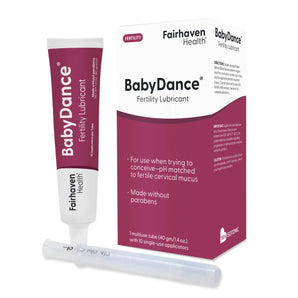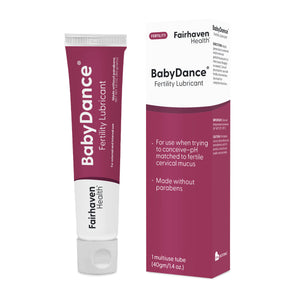By Avni Dalal, ND
Have you ever felt a sudden wave of heat wash over you, leaving you drenched in sweat and wondering if the room just turned up a few degrees? If you’ve ever experienced a hot flash, you know that it can be both surprising and uncomfortable. These intense moments can hit at any time—during a meeting, in the middle of the night, or even while enjoying a quiet moment at home. But you aren’t alone. In fact, hot flashes are one of the hallmark symptoms experienced during menopause and affect up to 50-85% of women during this transition.1
In this article, we explore why they happen and discuss management options that may provide relief.
What Causes Hot Flashes?
Hot flashes are primarily driven by a combination of hormonal and neurophysical mechanisms. The reduction of estrogen levels during menopause plays a significant role in the pathophysiology of hot flashes. This hormonal change leads to a narrowing of the range of core body temperature within which the body does not initiate natural thermoregulatory mechanisms such as sweating or shivering, prompting a response that leads to a hot flash.2,3 Additionally, elevated central sympathetic nervous systems activation causes small elevations in core body temperature that can then trigger an exaggerated response characteristic of a hot flash.2,3
Environmental factors such as warm ambient temperatures, hot drinks, and spicy foods can also elevate core body temperature, thereby triggering hot flashes.2 Lifestyle factors such as alcohol and caffeine consumption can exacerbate hot flashes by influencing core body temperature and sympathetic activation.3 Lastly, circadian rhythms play a role—with hot flashes’ often peaking in the late afternoon and evening, they may be related to the natural fluctuations in core body temperature and hormonal levels throughout the day.2
Understanding the causes and triggers can help in managing hot flashes through comprehensive lifestyle modifications and targeted nutrient supplementation.
How to Manage Hot Flashes
While hot flashes can be distressing and disruptive to your well-being, taking on a comprehensive approach can help manage your symptoms. Here are some effective strategies:
Dietary Adjustments:
Incorporating phytoestrogen-rich foods, particularly those containing soy isoflavones (tofu, tempeh, edamame), can help mitigate the severity of hot flashes in menopausal women by approximately 40-80%.4,5 Phytoestrogens are plant-derived compounds that exhibit estrogen-like activity that interact with estrogen receptors in the hypothalamus to stabilize the thermoregulatory center, thereby alleviating the symptoms associated with estrogen deficiency during menopause.6
Herbal Remedies:
Numerous studies have been done on the effects of many natural herbs, including black cohosh and red clover, on menopausal symptoms, with varying and modest results.7 One extract that stands out for hot flash relief: rhapontic rhubarb.
Also known as Rheum rhaponticum or ERr 731®, this rhubarb extract has been scientifically studied and used for over 20 years. Rhapontic rhubarb has been shown to reduce hot flashes, night sweats, sleep disturbances, and anxiety by up to 93%.8,9* It works as a phytoestrogen (ER beta agonist), providing targeted relief from symptoms of estrogen decline, helping women find relief from vaginal dryness, sexual disturbances, and frequent UTIs.*
Even newer research suggests that activating ER beta receptors might not offer as much relief as it could when combined with an ER alpha receptor agonist. Combining it with an ingredient like copaiba extract that acts on multiple receptor pathways, including both ER alpha and beta as well as CB2 receptors in the endocannabinoid system, creates a multireceptor activation that provides a broader range of benefits and complements rhubarb's targeted action.
Read more about nutrients for menopause and perimenopause support.
Lifestyle Changes and Mind-Body Techniques:
Exercise
While a single bout of physical activity can raise core body temperature, engaging in regular moderate-intensity aerobic and resistance exercises actually improves thermoregulatory control of sweating and skin blood flow, which is crucial in managing hot flashes.10 Additionally, exercise can lower basal core temperature and improve vascular function, therefore increasing the benefits in managing hot flashes.11
Cognitive Behavioral Therapy (CBT)
Cognitive Behavioral Therapy (CBT) is a structured, psychotherapy technique that helps individuals identify and change negative thought patterns and behaviors to improve emotional regulation and coping skills. CBT is also an effective therapeutic approach for managing frequency and severity of hot flashes.12,13 It is particularly beneficial for menopausal women who may not respond well to other treatment options that are also struggling with sleep and mood issues.
When Should You Seek Medical Advice?
While many women find relief through nonpharmaceutical strategies and targeted supplements, it is important to consult a healthcare professional if hot flashes become unbearable or if they significantly impact your quality of life. Hormonal therapies and other medical interventions may be appropriate for some women, and a skilled provider can help tailor a plan that fits individual needs.
Conclusion
Hot flashes are a common symptom of menopause, but understanding their causes and exploring natural treatment options can empower women to manage their symptoms effectively. By making informed lifestyle choices and considering herbal remedies, women can navigate this transition with greater ease. If symptoms persist, seeking professional advice is vital for finding the right balance between comfort and health.
References:
1. Practice Committee of the American Society for Reproductive Medicine. Fertil Steril. 2006;86(5 Suppl 1):S75-S88.
2. Freedman RR. J Steroid Biochem Mol Biol. 2014;142:115-120.
3. Freedman RR. Curr Top Behav Neurosci. 2014;21:245-256.
4. Franco OH et al. JAMA. 2016;315(23):2554-2563.
5. Barnard ND et al. Menopause. 2021;28(10):1150-1156.
6. Hairi HA et al. Curr Drug Targets. 2019;20(2):192-200.
7. Franco OH et al. JAMA. 2016;315(23):2554-2563.
8. Kaszkin-Bettag M et al. Altern Ther Health Med. 2009;15(1):24-34.
9. Dubey VP et. al. J Biomed Res. 2024;38(3):278-286.
10. Bailey TG et al. Menopause. 2016;23(7):708-718.
11. Bailey TG et al. J Physiol. 2016;594(3):657-667.
12. Ye M et al. Psychol Med. 2022;52(3):433-445.
13. Hunter MS. Climacteric. 2021;24(1):51-56.










